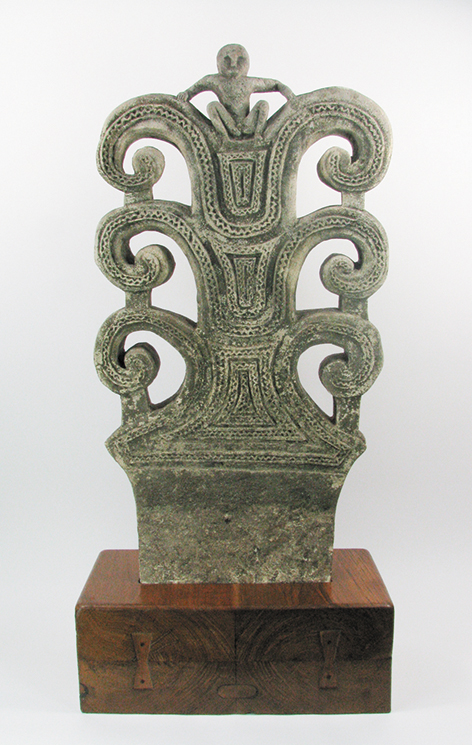Sumba's Stone Tombs
/Only a short 800km off the northwest of Australia’s Kimberly coast lies the island of Sumba.
A part of Indonesia’s East Nusa Tenggera province, Sumba’s geography is unlike the wild volcanic islands to its north. In places it more resembles its neighbouring island of Timor with its rugged mountains and hilltop villages.
In other areas, it contains open grasslands over rolling hills. It is in these regions were the pre-harvest fertility ritual of the Pasola takes place – a ritual spear or lance battle, with villagers fighting in violent confrontations from horseback that result in the occasional death.
Local arts are characterised by naturally-dyed and handspun ikat fabrics, carved timber spears used in the Pasola, elegant bamboo and thatched-roof houses with almost vertical spires in the centre, and most spectacularly, megalithic tombs.
The tradition of megalithic burials is one that survives from the Neolithic and Bronze ages – and through Portuguese and Dutch colonial administration – and is one of the few places in the world where it continues.
That the isolated Sumba is not really on any tourist path may be one reason that little is known about the carvings on these tombs and our knowledge about them is only recently acquired. This isolation has meant that traditional arts have remained quite intact.
The funerary rituals, of which the megaliths are a part, are still carried out today mostly for the rich villages or the nobility. Enormous stone blocks weighing anything from a few hundred kilograms up to more than twenty tons are dragged, sometimes great distances to construct the mausoleums.
There are several styles of tomb. The stones may be carved as flat table-style tombs or a flat stone top sitting on a single stone pillar or several circular or square pillars.
Some of the more elaborate tombstones (such as that pictured below) display curved arms spreading out in a geometric pattern from a central stem, often with a small ancestor figure carved in the centre of the peak. One face of these tombstones often contains another geometric relief carved into the stone.
The construction of the tombs still holds several clear social benefits:
Most obviously the tomb is a clear image of power for those who built it. Building such a structure for a clan member helps create greater credibility and standing in the community, as such it can be a useful negotiating tool by those that build the tomb when it comes to, for example, organising marriages for their sons and daughters.
The act of working together for an important common goal appears to be another benefit because building such large structures requires a clan effort, not individual effort, and the process helps strengthen relationships, stability and power structures within clans.
In the past when the Sumba society was more violent that it is today, there was an added benefit that tomb-building enhanced inter-clan relationships through combined building effort. This would have helped in resolving disputes between clans and in establishing inter-clan alliances.
References
This site shows how stones are transported and a provides a selection of other megalithic tombs.
For a detailed examination of the tombs see the PhD submission by Ronald Adams, Simon Fraser University.


